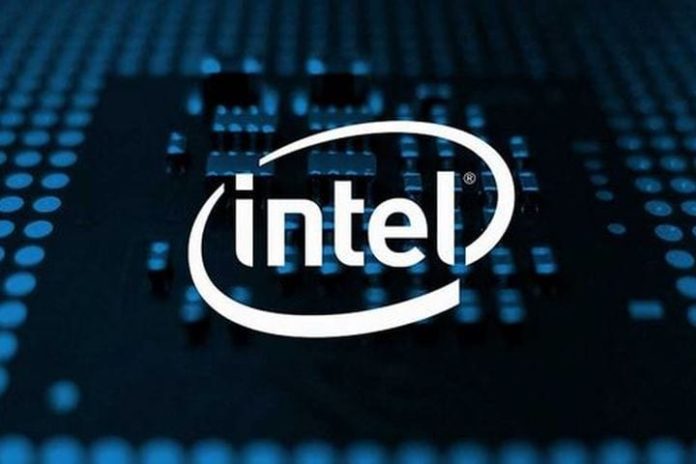AMD’s Ryzen 3000 range has been dominating Intel’s Coffee Lake processors across all price points but that doesn’t mean team blue isn’t doing anything about it. A leak on Hong Kong’s Xfastest reveals new info about Intel’s upcoming Comet Lake architecture. It’s a significant departure from some of the earlier material circulating through the rumor mill and reveals what could be a very interesting competitor to the Ryzen line. This leak was corroborated by a tweet from momomo_us’s account.

A key new piece of info is that Comet Lake CPUs will be on the LGA 1200 socket, and not LGA 1159. While this might seem like a small change, it represents a significant departure in Intel’s socket nomenclature. Every mainstream Core processor since Nehalem’s debut has been on an LGA 11xx socket. The last major naming change was in 2009 with the arrival of the then-new Core series. The LGA 1200 nomenclature indicates that Intel might not see Comet lake as part of its iterative Tick-tock-tock cycle anymore, but as something newer to take the fight to Ryzen.
While the leak doesn’t mention specific Comet Lake SKUs, it gives a good idea of the performance and TDP envelopes of the upcoming line:
TDP: Low power Comet Lake parts, likely to be seen in small form-factor builds, have a TDP of 35W—this is par for the course with the Coffee Lake T series (low-power) parts. Mainstream parts will hit a 65W TDP which is again exactly where current i5s like the 9600K are at. Where things get interesting is the TDP rating for Enthusiast hardware: Enthusiast level Comet Lake parts will have up to a 125W TDP, an increase of over 30W relative to current-gen i9s. This is likely connected to the increase in Comet Lake’s core count that we’ll look at next.

Core Counts: The leak indicates that Comet Lake SKUs will feature up to 10 cores and 20 threads. This is up from the current generation of i9s—the 9900K features 8 cores and 16 threads and is absolutely destroyed by the 12 core-24 thread Ryzen 3990X which is actually a good bit cheaper. Earlier leaks have indicated that Comet Lake will remain on the 14nm process node. While the leak doesn’t indicate core counts for specific SKUs, we’re confident that this means we’ll see 8-core 6-core and 4-core parts in the lineup, alongside the 10-core flagship.
That flagship is likely to get quite toasty: Without the added efficiency from a die shrink, an increase of 2 physical cores means that the TDP had to go up to 125W to cope with the great power requirement. This is a strange echo of AMD’s Bulldozer days: Hot, multi-core processors on an older node struggled to compete with Intel parts while consuming twice as much power. How the tables have turned.

I/O Support: Disappointingly, LGA 1200 appears to not have support for the PCI-E 4.0 standard—instead, we’re looking at storage on PCI 3.0 x4—that’s still plenty fast for NVME SSDs but nowhere near the blazing 5 Gigabit-plus speeds with SSDs running on AMD’s X570 platform. There’s also support for USB 3.1 Gen 2—when newer USB storage devices supporting the new standard arrive, LGA 1200 boards will allow transfer speeds up to 10 Gb/S. Lastly, wireless capabilities on LGA 1200 haven’t been upgraded—there’s still support for up
All in all Comet Lake looks dead on arrival—there’s only so much you can extract from the 14nm process—it’s difficult to conceive of Intel improving IPC further than with Coffee Lake and the laws of physics mean that clock speeds can’t be ramped up higher than the 9th gen parts either. The two additional cores may prove beneficial at the top-end, but Ryzen 9 3900X is still likely to win out in multithreaded workloads. Moreover, while the real-world benefits of PCIe 4.0 compatible SSDs are debatable, the lack of support for the standard puts Intel on the backfoot—it’s just one more thing Ryzen can do that the Core series can’t.
If you found this story interesting, follow us on Facebook and Instagram.
Further Reading:



Any Idea or Leaks when 10th will come for Gaming Laptop
They should come by September-October, but will be limited in supply and probably cost a lot.